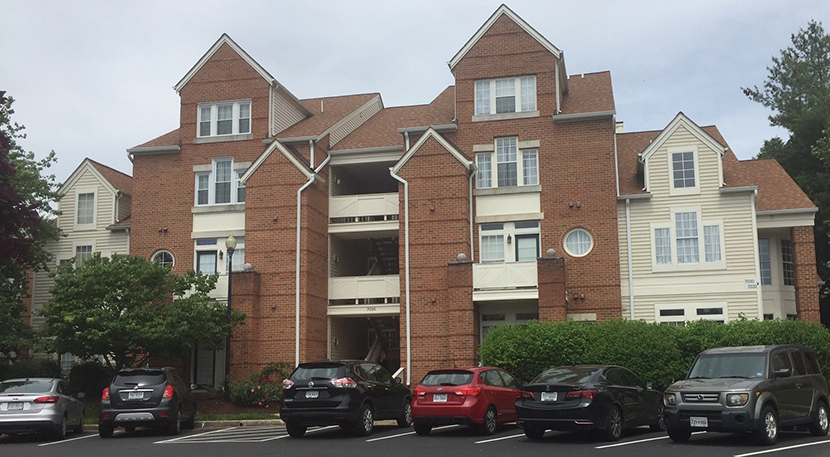
Multifamily Transactions Tumble, But Capital Flows Point to Rebound

Yardi Matrix, Santa Barbara, Calif., said multifamily sales transactions fell sharply in 2020 due to the pandemic. But a rebound could be on the way.
Through the year’s first three quarters, just more than $50 billion in multifamily property changed hands in the U.S, down more than 40 percent from $86.5 billion through the same period a year before, Yardi Matrix said in a special report, Strong Capital Flows Point To Rebound in Multifamily Deals. When final data arrive, Yardi said full-year sales volume will fall well short of 2019’s record-high $127 billion.
Sales cratered in the second quarter, then recovered somewhat in the third. “But like so much about the economy, a return to ‘normal’ transaction activity is hard to predict,” Yardi said. “Until the pandemic recedes and people can return to daily activities with the help of an effective vaccine, uncertainty will linger.”
The impact was uneven across the country, the report said. The Northeast (-54.6 percent) and West (-51.0 percent) had the biggest declines, while the Midwest (-32.6 percent) and Southeast (-34.1 percent) fell the least.
“Reasons for the decline in activity are myriad,” Yardi said. “Facilities and activities necessary to complete deals such as site visits, inspections and corporate and government offices were closed in some cities. Many banks and other sources of debt stopped lending until they could assess the landscape. And some equity sources either withdrew bids or sought to re-trade deals that were under contract but not closed.”
But multifamily operating fundamentals have held up better than other commercial property segments and loan delinquencies remain low, the report said.
Yardi noted “resilient” multifamily capital flows. “The decline in multifamily property sales is caused by several factors, but a lack of capital is not among them,” the report said. “After a short pause in deal flow in the spring when the market collectively tried to get its bearings, multifamily once again became a sought-after asset class.”
Another factor boosting multifamily: continued availability of debt capital from Fannie Mae and Freddie Mac. “It’s not just the GSEs, though,” Yardi said. “Most lender types are eager to increase holdings in multifamily because they consider the segment as one of the safest asset classes.”
Equity investors also see multifamily as an appealing investment. Apartments typically produce between four and six percent dividend yields, better than most bonds. “Multifamily also is attractive relative to other commercial property classes, except for industrial,” the report said. “The growing work-from-home trend calls into question future levels of demand for office space, while retail and hotel properties have suffered greatly from the pandemic-related closures.”
